Handheld Laser Cleaning Rust Paint Removal Machine
laser paint removal machine – Laser cleaning provides a safe and efficient way to remove the hazardous coatings from targeted areas on ships, planes, vehicles, and equipment — without having to resort to the time-consuming process of setting up environmental protections and personal protective equipment.


Laser paint removal machine is a type of manual laser cleaning machine composed of fiber laser generator, laser paint removal gun, and laser cleaning system, which uses pulsed laser or CW (Continuous Wave) laser to irradiate the metal surface, and the coating layer can instantly absorb the energy of the focused laser, so that the paint, coating or oil on the surface can be stripped instantly or evaporation, high-speed and effective removal of the coating attached to the metal surface, laser paint removal, basically will not damage the metal substrate. Laser rust removal machine is also known as laser rust removal tool, laser rust cleaning machine, laser rust cleaner, laser rust remover, laser rust removing tool, laser paint removing machine, laser descaler machine. Laser rust remover can solve problems that cannot be done by traditional paint removal methods. Even if it is special-shaped metal parts, laser rust cleaning machine can also perform rust removal operations. In short, wherever laser can be irradiated, the rust, oil stain, paint layer, or oxide layer on the surface can be removed.


What Is the Process of Using a Laser paint Removal Machine?
The laser paint removal machine sends the laser beam generated by the laser generator to the laser paint removal gun via the laser cleaning system, and the laser beam from the laser paint removal gun scans the metal surface for paint cleaning.

Laser paint removal can be thought of as a more advanced level of laser cleaning. Laser paint removal can be accomplished in two ways. One approach is to use clean substrates and surface attachments with very different absorption coefficients at a specific laser energy wavelength. To achieve the purpose of cleaning, the majority of the laser energy irradiated on the surface is absorbed by the surface attachment, which causes it to be heated or evaporated, or rapidly expanded by the vapor flow formed on the surface and driven away from the surface of the object.
The substrate is not damaged, however, because the laser light absorbs very little energy at this wavelength. The key to achieving safe and efficient cleaning is to select the appropriate wavelength and control the laser energy.
The other is a laser paint remover, which is used to clean substrates and surface attachments. The laser energy absorption coefficient is not significantly different, or the substrate is sensitive to the acid vapor produced by coating heat, or the coating produces toxic substances after heating. A high-power, high-repetition-rate pulsed laser is typically used in this method to strike the cleaned surface and convert a portion of the beam into sound waves. The returning portion of the sound wave collides with the underlying hard surface, interfering with the incident sound wave produced by the laser, resulting in a high-energy wave that slightly explodes the coating. The coating is milled, pressed into powder, and vacuumed away without damaging the underlying substrate.

New Way of Paint Removal – Laser Cleaning
If you would like to remove delicately surface painting layers and do not want any damage to the base material, fiber laser cleaning machine would be the perfect choice. Laser cleaning can be applied to remove paint from various materials including metals, composites, plastic, rubber and stones. Coatings such as paint, varnish and rust can be cleaned with ease. Laser paint removal, to be sure can help update and reuse the material with paint you no longer needed.
The traditional methods for paint removal involves the use of chemical reagent or abrasive media blasting. These methods are quite time consuming, leaving damage on the base material and cause extra costs such as purchasing and safe disposal of the chemical solvents. These issues bring us a better solution – laser cleaning equipment! How do we use it for paint removal? To understand this, we must first understand the cleaning mechanism of laser cleaning equipment.
The cleaning process of laser cleaning equipment depends on the light pulse generated by the laser, which is based on the optical physical reaction caused by the interaction between the high intensity beam, the short pulse laser and the polluted layer. Laser cleaning equipment plays a crucial role in many industries, such as automobile manufacturing, semiconductor wafer cleaning, precision parts processing and manufacturing, building external wall cleaning, protection of cultural relics, circuit board cleaning, precision parts processing and manufacturing and LCD cleaning. For example, laser cleaning systems have long been used in the aviation industry. The surfaces of the aircraft have to be repainted after a certain period of time, but the old paint has to be completely removed before the repaint. The traditional mechanical paint removal method would do damage to the metal surface of aircraft, which brings hidden danger to the safety of flight. With multiple laser cleaning equipment working simultaneously, the paint layer can be completely removed from the surface of an A320 Airplane in two days without damaging the metal surface.
The paint applied to the surface of the metal acts as a special layer to protect the metal from corrosion and oxidation. In order to carry out effective cleaning on the premise of ensuring the safety of the substrate material, the laser parameters must be adjusted according to the situation so that the energy density of the light pulse is strictly controlled.
Each laser pulse removes a layer of pollution of a certain thickness. If the fouling layer is thick, multiple pulses are required for cleaning. The number of pulses required to clean the surface depends on the degree of surface contamination. An important result of the two thresholds is the self-control of cleaning. Light pulses whose energy density is higher than the first threshold will remove contaminants until they reach the substrate. However, because its energy density is below the destruction threshold of the substrate material, the substrate is not damaged.
Based on the above theories, when the laser cleaning equipment is used for paint removal on the metal surface, the threshold value should be controlled appropriately. To achieve good quality, laser paint removal needs 2-3 steps. Firstly, a main pass using long pulse duration and high pulse energy removes the majority of the paint layer. For the second pass, the remaining paint coating can be removed by short pulses and high scanning speeds without damaging the substrate. If necessary, second pass can always be repeated. Finally an optional third pass to improve surface quality.
HOW LASER PAINT REMOVAL WORKS ?
Laser ablation works by sending nanosecond laser pulses into a surface, creating shockwaves that eject contaminants or turn them into gas. Laser cleaning can effectively clean the target surface without harming any substrate layers or surrounding material. We’ll help you find and calibrate the cleaning laser in order to optimize it to your cleaning needs.
A clean surface – this is the basic requirement for successful and durable welding and adhesive connections. However, before joining, components often have paint and functional layers. The laser provides a remedy for this: the non-contact tool frees components of functional layers within seconds. And it does this only in areas where joining is meant to take place, for example, or where the functional layer is no longer needed. Here’s how it works: pulses with high peak pulse power evaporate the wafer-thin layers, without affecting the component. Subsequent processes such as joining can then be carried out faster, more homogenously, and are entirely reproducible. The connections are clean and last longer. Joining preparation work using light as a tool can also integrate seamlessly into industrial series production, due to the fact that data can be easily transferred via interfaces. iGOLDEN offers a special integration package for uncomplicated laser equipment integration for cleaning and paint removal in robot systems.

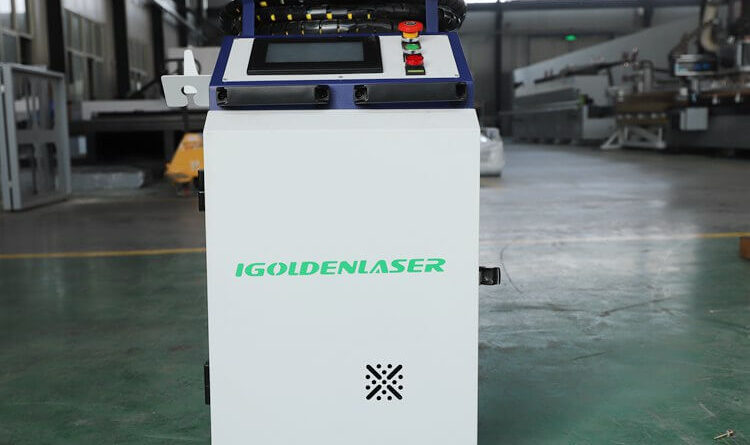
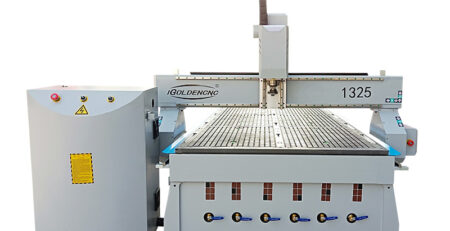
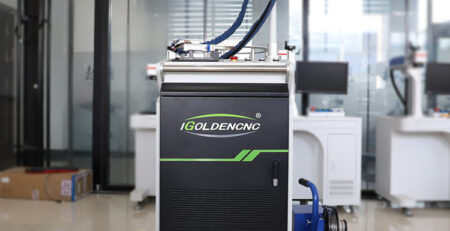
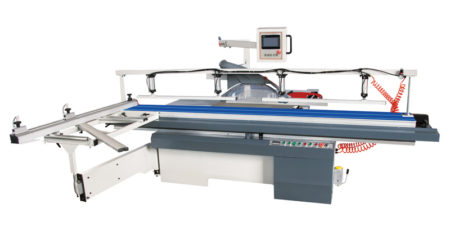
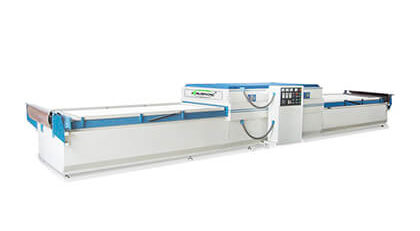
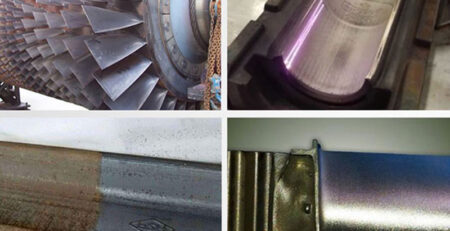
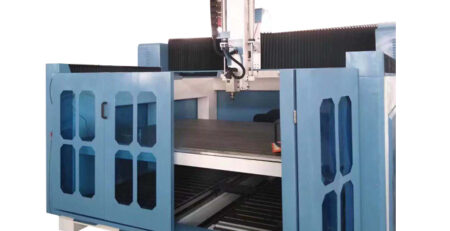
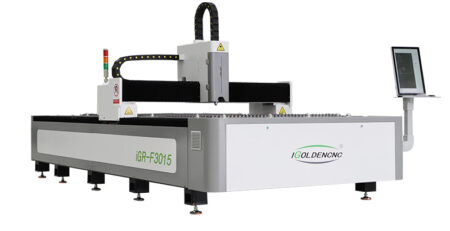
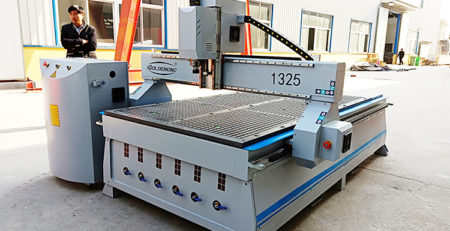

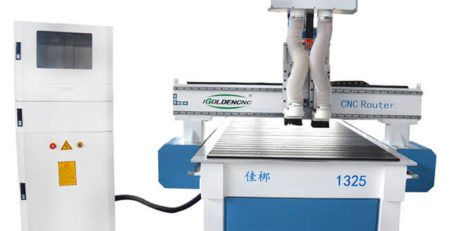





Leave a Reply
You must be logged in to post a comment.